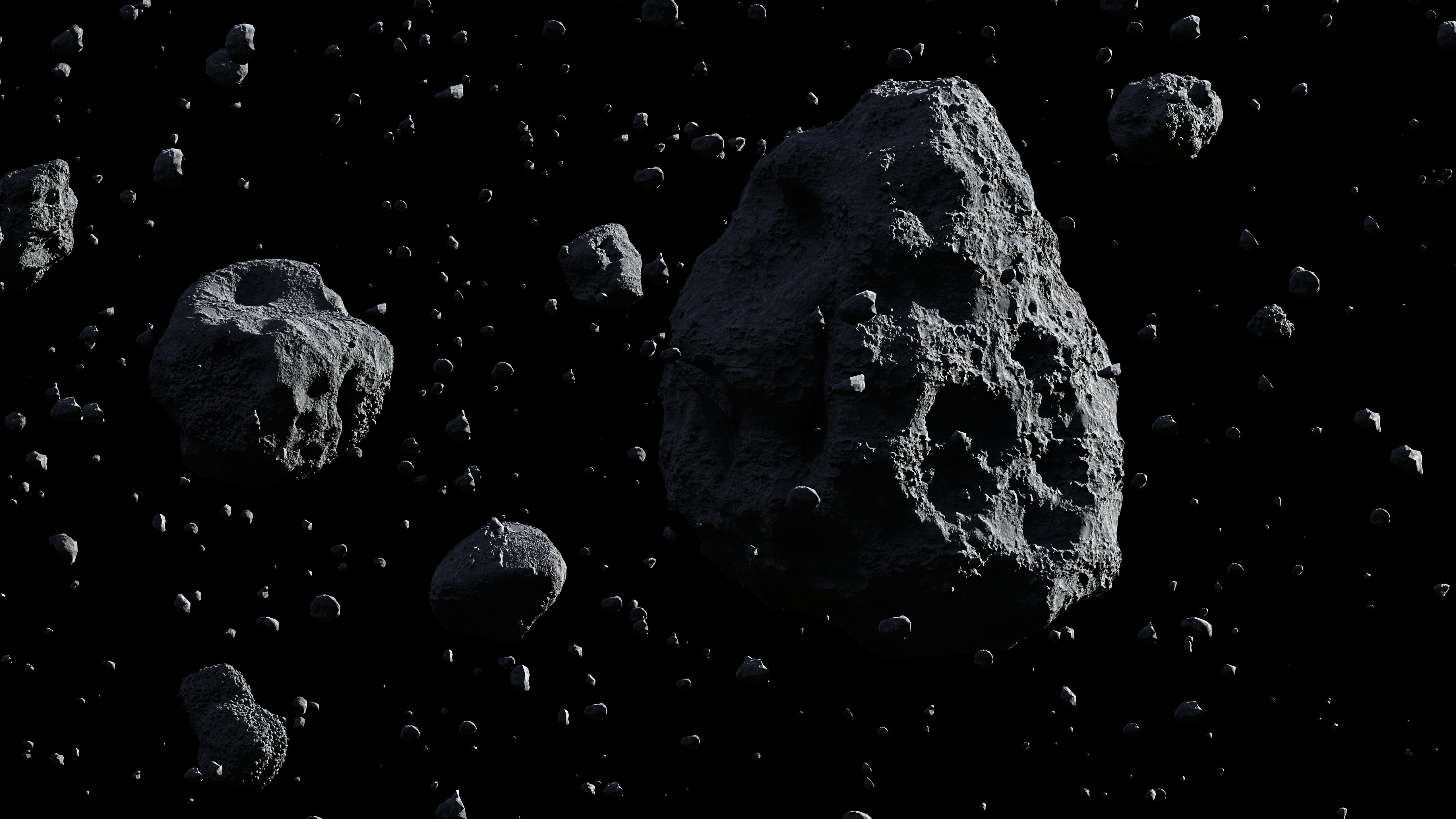Five small asteroids to fly close to Earth
While Monday will see five space rocks pass relatively close to Earth, none of them pose any threat to people or spacecraft.

Your support helps us to tell the story
From reproductive rights to climate change to Big Tech, The Independent is on the ground when the story is developing. Whether it's investigating the financials of Elon Musk's pro-Trump PAC or producing our latest documentary, 'The A Word', which shines a light on the American women fighting for reproductive rights, we know how important it is to parse out the facts from the messaging.
At such a critical moment in US history, we need reporters on the ground. Your donation allows us to keep sending journalists to speak to both sides of the story.
The Independent is trusted by Americans across the entire political spectrum. And unlike many other quality news outlets, we choose not to lock Americans out of our reporting and analysis with paywalls. We believe quality journalism should be available to everyone, paid for by those who can afford it.
Your support makes all the difference.The week of 4 April is getting off to a rocky start as five space rocks pass relatively close to Earth on Monday, though none of the asteroids pose any threat.
The asteroids range from about the size of a small building to that of a small aircraft, and the closest any of them will come to Earth is around 1.5 million miles. That’s well outside the orbit of the Moon, which averages around 239,000 miles from Earth.
Nasa’s Jet Propulsion Laboratory tracks asteroids, projecting how close they may come to Earth and when. JPL maintains a website listing the next five close asteroid approaches at any given time.
The largest of the five asteroids passing near Earth on Monday is also the largest: 2017 WN13 is around 320 feet, or 98 metres long, about 235 feet shy of the height of the Washington monument. It is expected to pass about 1,490,000 miles from Earth.
But that’s only the fourth closest approach to Earth for 2017 WN13. The closest the space rock is expected to pass our planet is just more than 1 million miles — on 5 April 2198. That’s according to JPL’s Center for Near Earth Object Studies.
The other four asteroids passing by Earth — 2022 FO3, 2022 GH, 2022 FG3, and 2022 EN2 — are all 120 feet in diameter or smaller, and will pass between 1.5 million and 4.4 million miles from Earth.
While none of the asteroids passing our planet will get anywhere close to the atmosphere, space rocks of that size could pose threats if they were on a collision course. On 11 March, a 1 metre-diameter asteroid designated 2022 EB5 exploded in a fireball over the Norwegian sea just hours after its discovery, unleashing energy equivalent to several thousand tonnes of exploding TNT.
Nasa and its international partners have catalogued more than 90% of the most potentially hazardous asteroids, those one kilometre or more in diameter, and are currently working toward cataloging 90% of asteroids 140-metres in diameter or larger.
Missions like Nasa’s Double Asteroid Rediction Test, or DART, meanwhile, are testing technologies for deflecting large asteroids that could pose a threat to Earth while they are still far away. In September, the DART spacecraft will use a kinetic impactor to strike the asteroid Dimorphos to practice changing an asteroids orbit. Dimophos did not, and will not after the impact, pose a threat to Earth.
Join our commenting forum
Join thought-provoking conversations, follow other Independent readers and see their replies
Comments